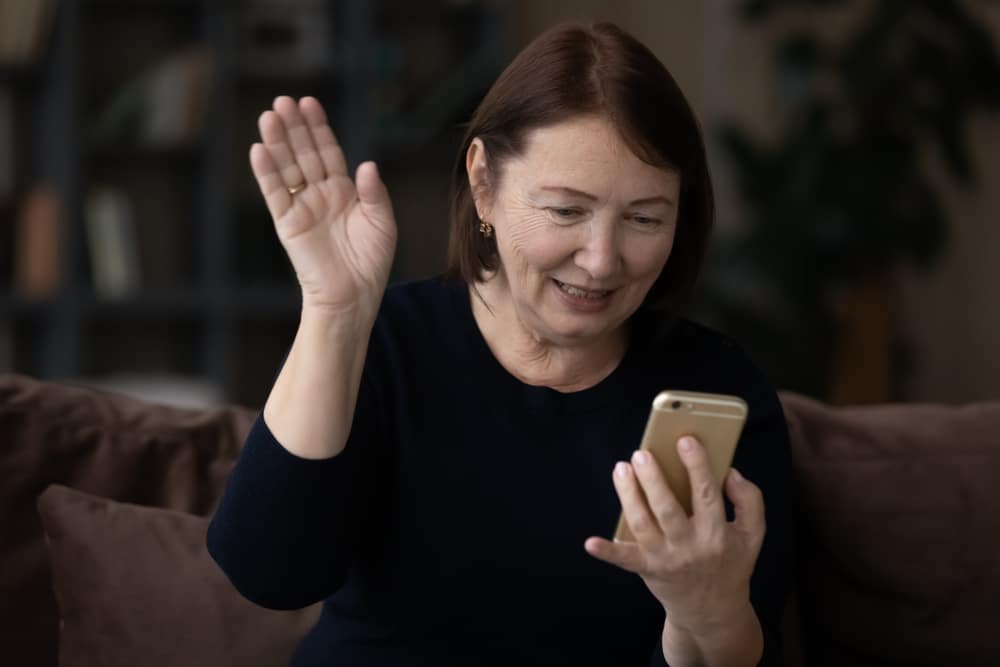Patient education is the process healthcare professionals follow to deliver important information to patients and their caregivers. The ultimate goal of patient education is to inform individuals on how they can adjust their behaviours to improve their overall health and well-being. To meet this goal, healthcare providers around the world are seeking new avenues to offer more interactive educational resources that keep patients motivated and focused on their health goals.
The advancement of telehealth platforms in recent years has allowed for continuous expansion of in-app features. One essential feature that many healthcare providers are making use of through these applications is patient education. These platforms allow providers to give their patients access to highly customized, relevant educational resources that help them stay on track with their progress.
Why Patient Education Is So Important
Traditionally, educational resources for patients are delivered in the form of booklets, brochures, and sometimes videos. While these resources are helpful for certain patients, especially those who are not interested in using technology-based solutions, it can be difficult for some to stay motivated, or fully benefit from them due to their non-interactive nature.
When patients are not utilizing educational resources properly, especially those living with chronic conditions, it is likely that they will not be able to manage their illness as successfully as those who are. Studies have shown that with the right education, patients can achieve a number of benefits, such as an improved understanding of their illness, improved self-advocacy, fewer complications with certain treatments, and much more.
Enhancing Patient Education Through Telehealth
When choosing a telehealth platform, there are a variety of options each with their own unique features and capabilities. While some platforms’ sole purpose is to facilitate virtual appointments, others may be used primarily for remote patient monitoring or other healthcare activities. When it comes to utilizing telehealth for patient education, however, providers must use a platform that is capable of delivering such resources to patients.
With virtual care solutions that offer total remote patient management, providing these resources can be done seamlessly. To give an example, a patient being treated for type 2 diabetes is likely to be a candidate for this type of care. Their healthcare provider can get the patient set up with the telehealth platform they use in their practice, and have them input their vitals and blood sugar levels on a daily basis. If the patient’s glucose meter detects a blood sugar level that is less than optimal, the telehealth platform will be able to interpret these results and deliver resources or instructions for the patient to follow.
This allows patients to begin making immediate changes to treatment, diet, exercise, or other variables that may be causing harmful symptoms. As patients will not have to wait until their next doctor’s appointment to begin taking action towards improving their health, they are more likely to be successful in improving their condition in a timely manner.
Resources Designed for Telehealth Delivery
Patients who are diagnosed with a chronic illness or those who have health ailments that require continuous attention will more than likely be introduced to some form of educational resources from their primary care provider. In offering these resources, healthcare providers aim to reduce the amount of time patients must wait before making improvements to the way they manage their illness.
When providing these resources to patients, healthcare providers must do their part to ensure they are both engaging and effective so that patients can maximize their use. One way providers are achieving this is through the use of virtual care pathways. These packages include assessment material that healthcare staff can follow, as well as interactive educational resources to help patients better understand their treatment plan.
Depending on each individual’s condition, educational resources related to one or more illnesses may also be used. Additionally, if a healthcare provider already has educational resources for specific patient populations, for example, patients with Chronic Obstructive Pulmonary Disease (COPD), these resources can be integrated into their telehealth platform.
Improving Long-Term Health Outcomes For Patients
A great deal of research has been done to measure the success of patient education. Most studies have found that when the proper resources are used by patients and are followed religiously, health outcomes are more likely to improve. In an article published by The American Journal of Medicine, their findings show that with the right education, patients were more likely to be compliant with treatment. When patients are compliant with taking medications and managing their illness, hospitalizations and healthcare costs can be reduced, and patients experience improved overall quality of life.
By utilizing a telehealth platform that can be used to deliver educational resources to patients, healthcare providers can create a more efficient and engaging process for healthcare staff, and the patients they care for. With continued use, patients across the continuum of care can benefit from improved long-term health outcomes.
Thank you for reading. To stay up to date on current healthcare topics and news about Aetonix, subscribe to our mailing list at the bottom of our blog page. Connect with us on social media using the links at the bottom of this page and share your thoughts!



